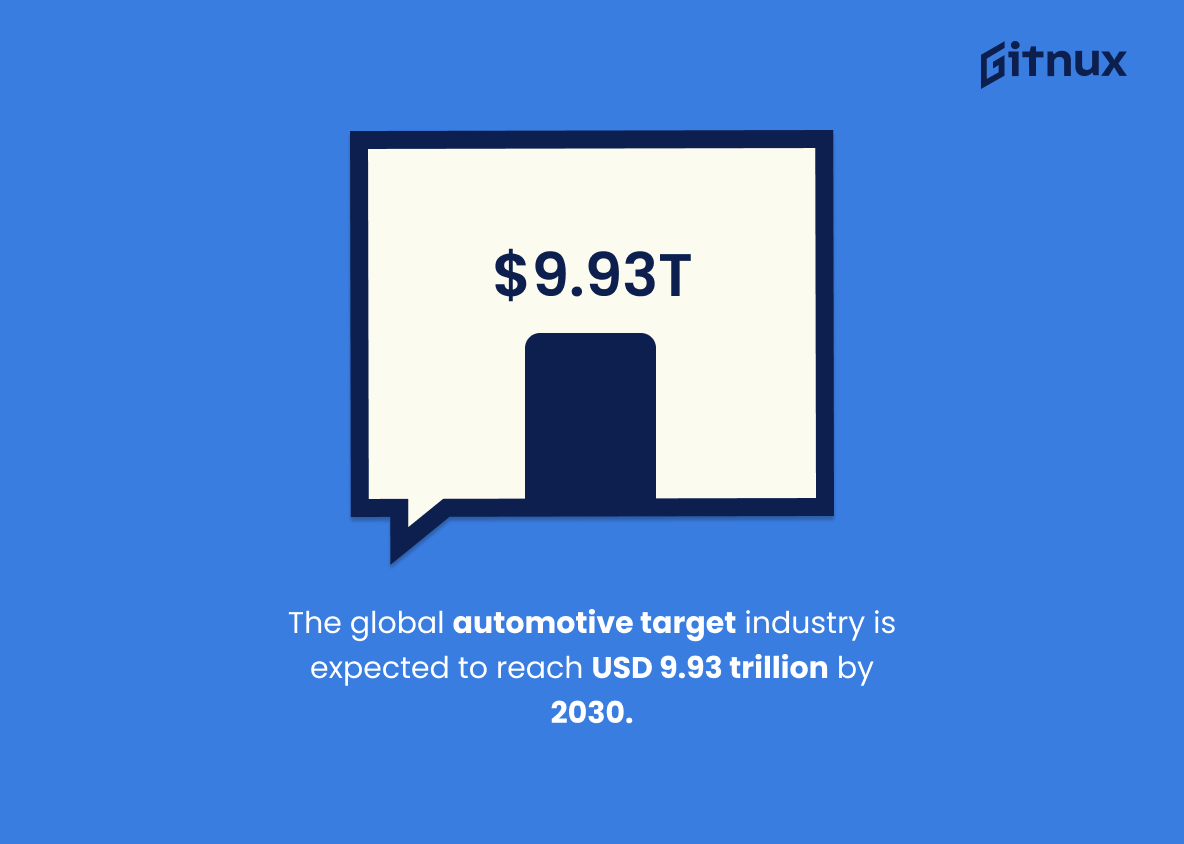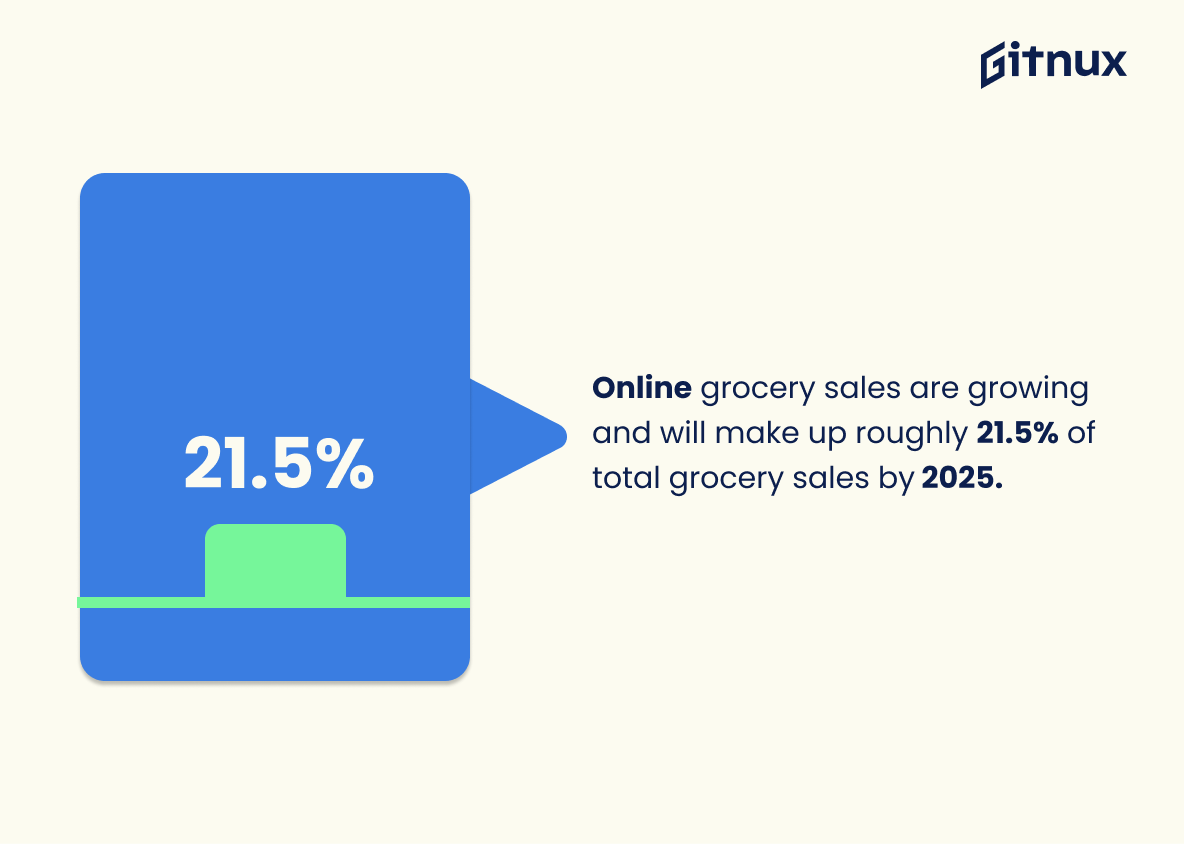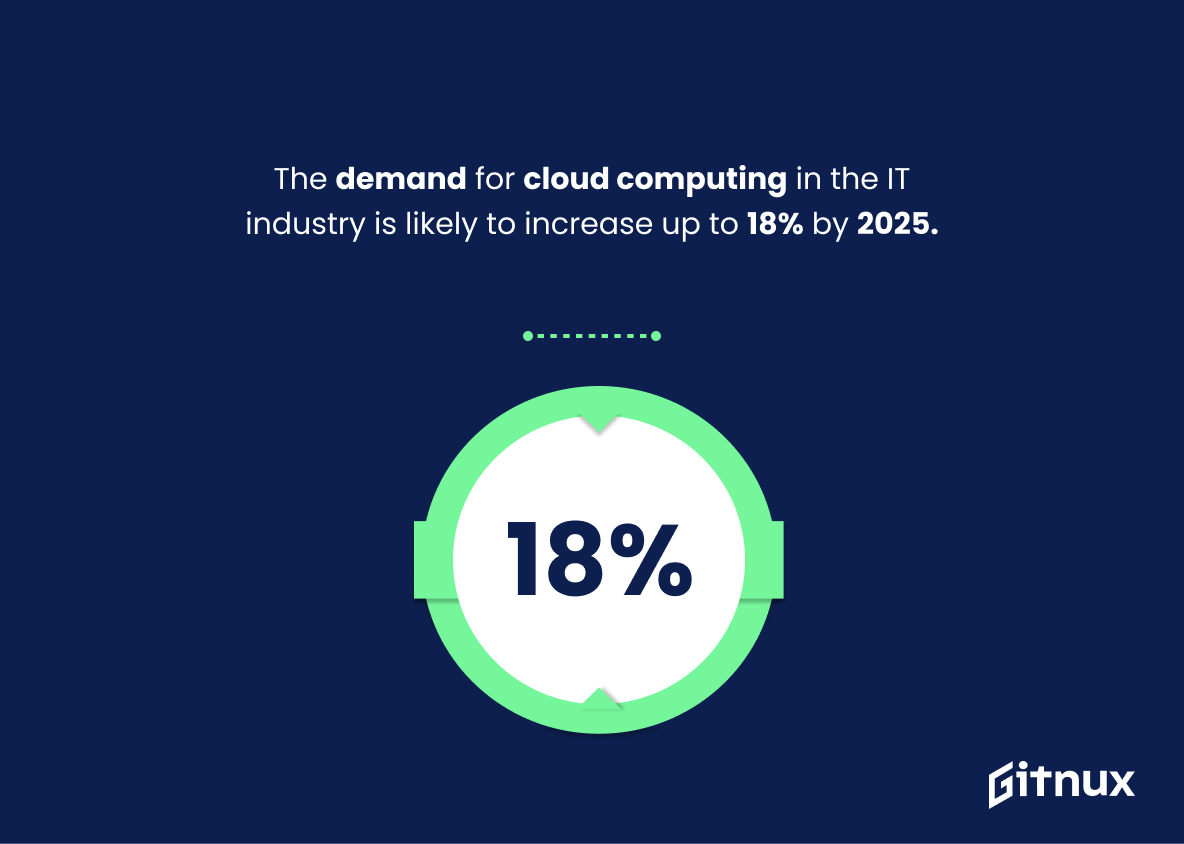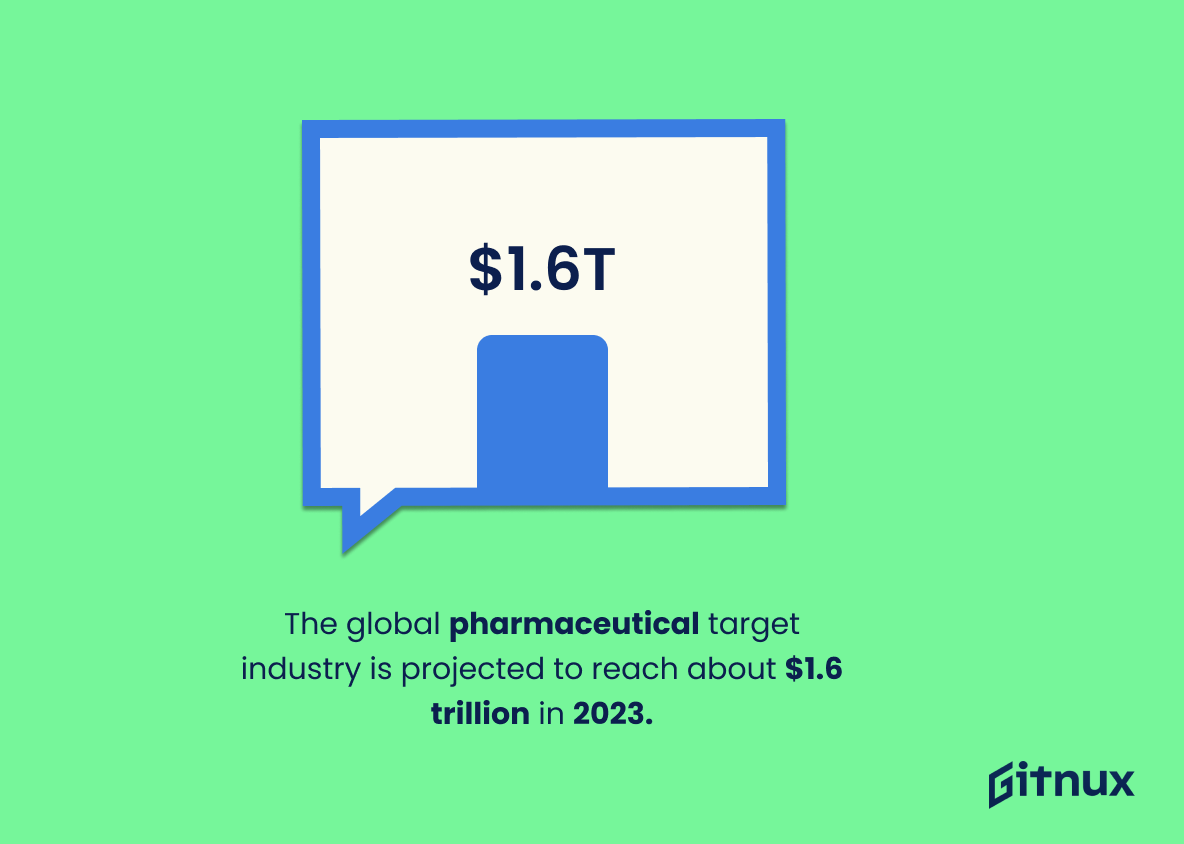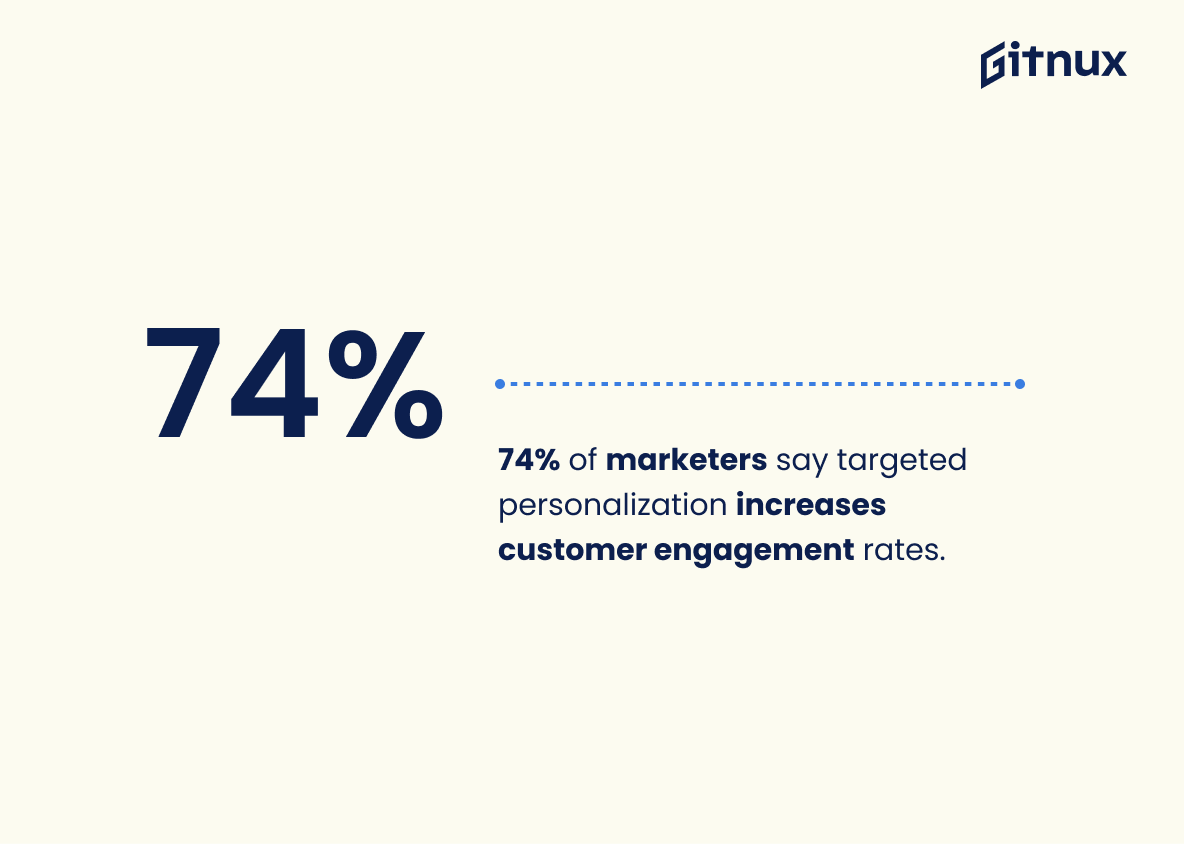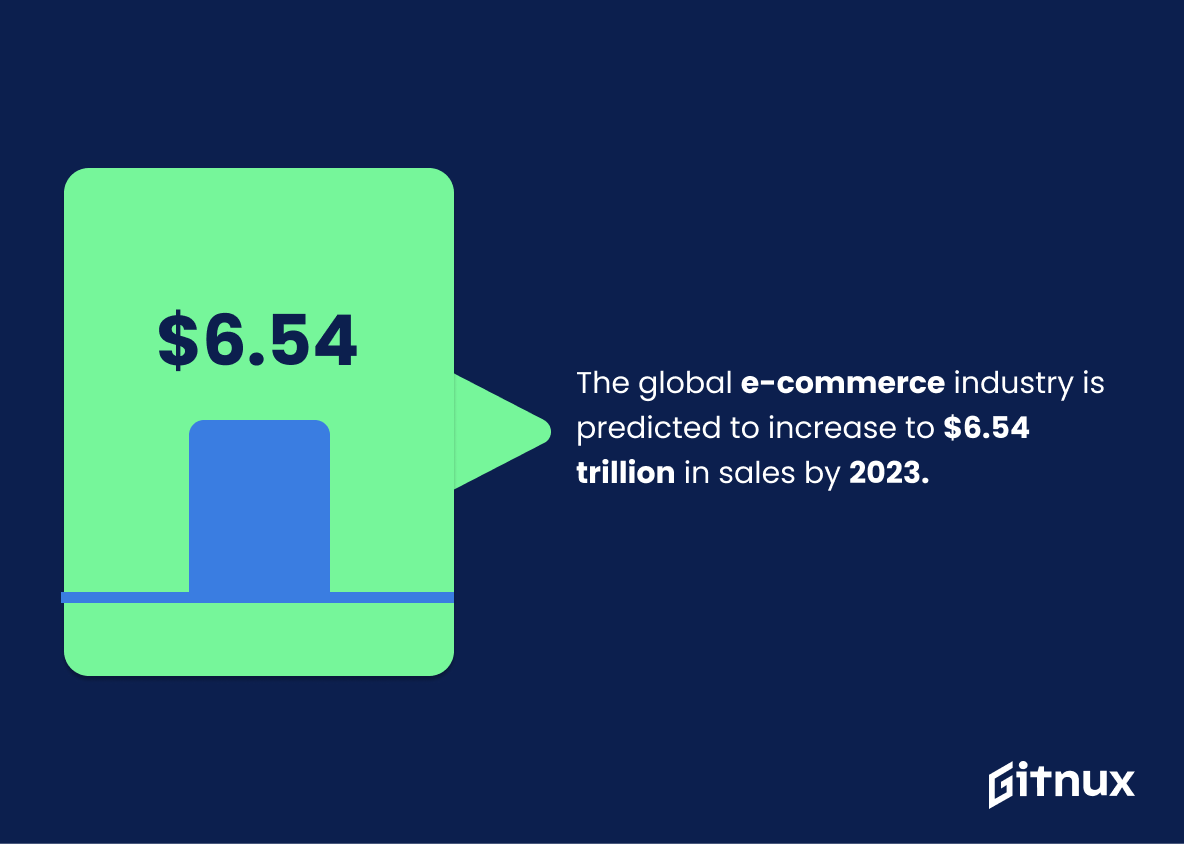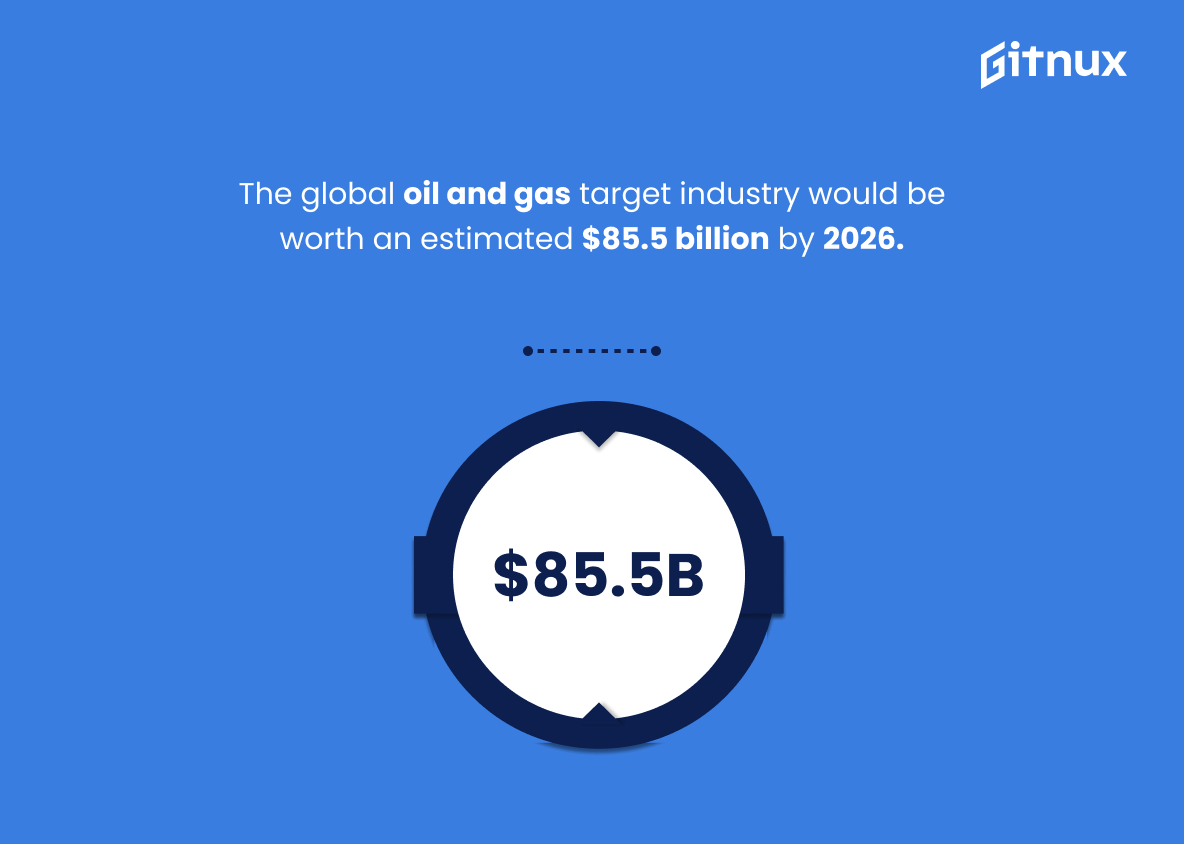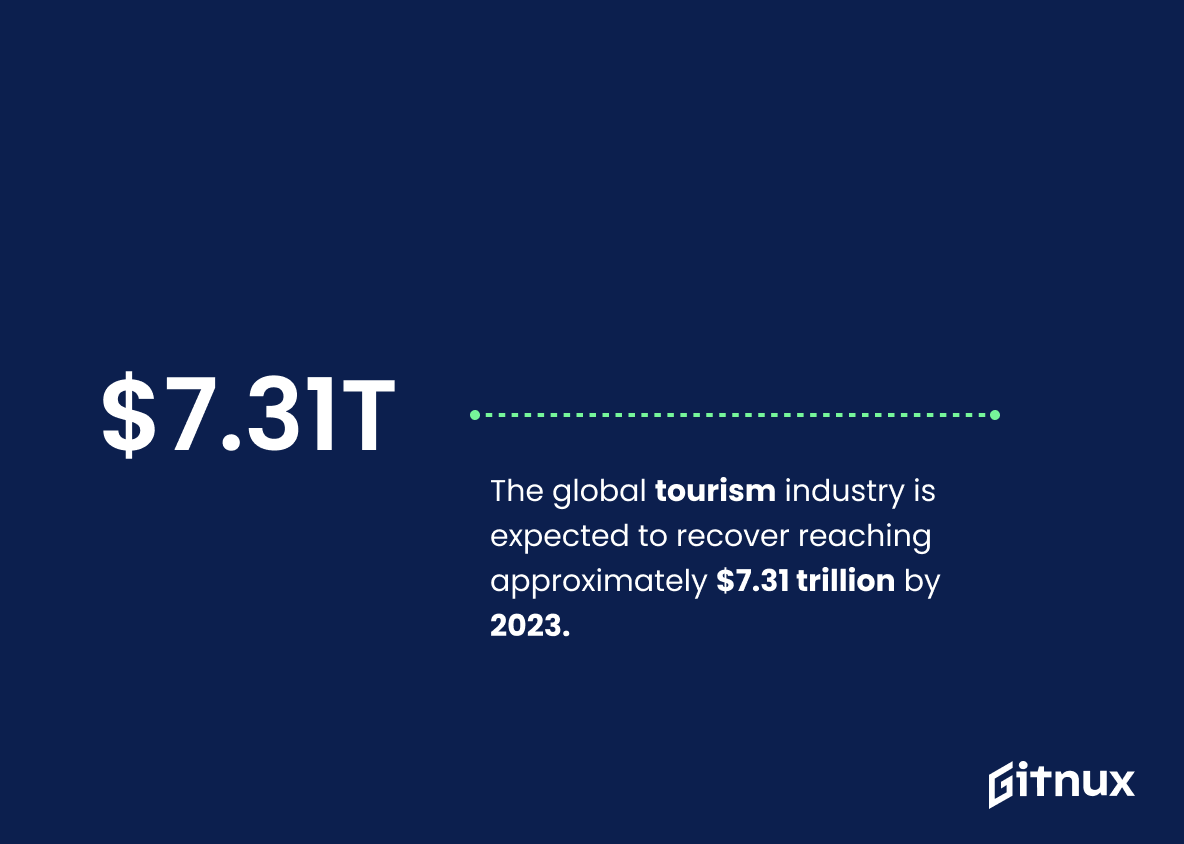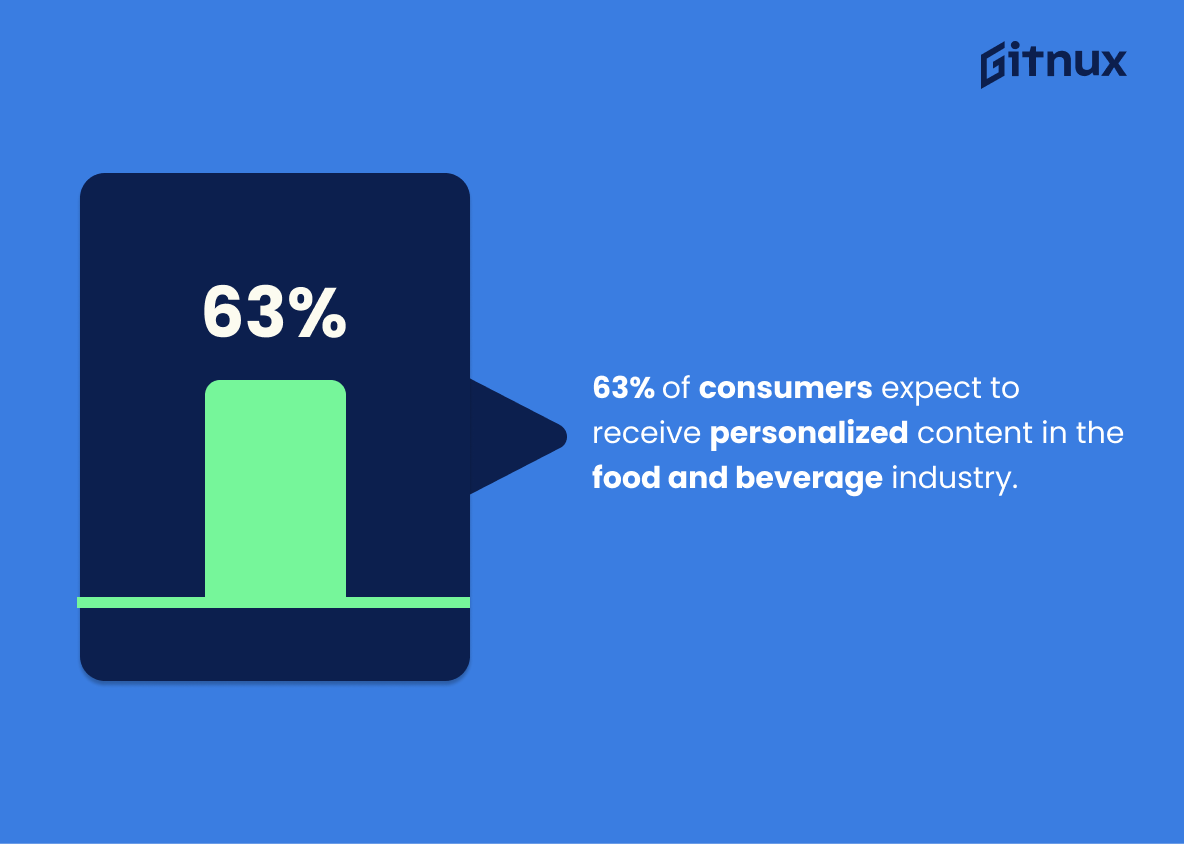When it comes to understanding and leveraging business strategies, knowledge is power. And in our world brimming with ever-evolving technologies, e-commerce platforms and digital strategies, no area offers more insightful data than industry statistics. In this blog post, we will dive deep into the fascinating world of Target Industry Statistics. Our aim is to present you with up-to-date metrics, dissect complex data into comprehensible insights, and provide actionable strategies to steer your business towards uncharted growth. So whether you’re a new startup seeking your niche or an established firm staying ahead of competition, this comprehensive guide is your roadmap to success in today’s cutthroat market scenario.
The Latest Target Industry Statistics Unveiled
Small to medium-sized enterprises (SMEs) in the manufacturing sector will make up an estimated 20% of the global target industry by 2023.
Highlighting the forthcoming dominance of SMEs with a projected representation of 20% in the global target industry by 2023 uncovers intriguing trends in the manufacturing sector. Take a moment to digest this stunning revelation that’s shaking up the conventional wisdom about business size and power. This indicates the dynamic change in economic structure, suggesting that the reign of larger multinational corporations may be witnessing a friendly rivalry. Please fasten your seatbelts and get ready for a thrilling journey that involves SME breakthroughs, where traditional industry giants will hobnob with surprising newcomers. This thrilling statistic indicates a significant role of SMEs in global economics, stimulating innovation and competition within the target industry. Oh, so you thought SMEs were punching above their weight? Well, brace for impact because they’ve only just warmed up.
The global automotive target industry is expected to reach USD 9.93 trillion by 2030.
Painting a profound picture of the future, the revelation that the worldwide automotive target industry is poised to skyrocket to an astounding USD 9.93 trillion by 2030 serves as a dramatic headline in the chronicle of Target Industry Statistics. Why, you ask? This figure isn’t just a mere statistic, but a roadmap guiding corporate strategies, investment endeavors, market focus, and innovation thrusts in the automotive industry. It underscores a pulsating economic powerhouse revving up for impressive expansion over the decade, one that holds promise for businesses, investors, and individuals alike. It is a testament to the relevance of staying attuned to such statistical forecasts, a sweeping tide in the ocean of data driving the global commerce. Such a crescendo in financial value in this industry underscores an unfolding saga of opportunities, growth and vivid potential that is as informative as it is fascinating for every reader of our blog post.
The global financial services market is expected to grow from $20.5 trillion in 2020 to $22.5 trillion in 2021.
Imagine standing on the edge of a vast ocean, anticipating a rise in the tide. That’s what we’re looking at with the predicted swell of the global financial services market from $20.5 trillion in 2020 to $22.5 trillion in 2021. To surf this wave of opportunity, one needs to understand these dynamic industry statistics. These numbers serve as an economic compass, guiding strategists, investors, marketers, and professionals in making informed decisions and predictions about potential market growth. Also, these statistics can measure the financial industry’s resilience, indicating a robust rebound amidst global challenges. The $2 trillion expected increase emphasizes the financial sector’s vitality and potential for profitability pivotal for those tuning into the pulse of the target industry figures. Quite simply, this isn’t just a statistic; it’s a roadmap to future prominence and profitability in the financial services sector.
Online grocery sales are growing and will make up roughly 21.5% of total grocery sales by 2025.
Synthesizing from this eye-opening statistic, it is evident that the digital revolution is swiftly taking over the grocery sector, posing a strategic pivot point for retail moguls like Target. With online grocery sales projected to account for approximately 21.5% of total grocery sales by 2025, the shift from traditional brick-and-mortar stores to e-commerce platforms reverberates through the industry fabric. In the context of Target Industry Statistics, this undeniably implies a seismic shift in consumer behavior and purchasing patterns.
For Target, which has long thrived on in-store sales, this statistic sends an echo of urgent digital transformation, calling for business restructuring and strategic realignment to leverage this trend. It underlines the necessity for Target to augment its online grocery sales, enhancing its digital portfolio and user experience to align with this consumer migration. Therefore, harnessing this prophecy, Target can seize this digital metamorphosis to secure a significant share of the burgeoning online grocery market. These numbers serve as a quantifiable forecast, casting light on the impending changes Target needs to navigate to maintain its market relevance and competitiveness.
The demand for cloud computing in the IT industry is likely to increase up to 18% by 2025.
In a blogging landscape steered by Target Industry Statistics, this shining gem of a prediction regarding a surge in the demand for cloud computing in the IT industry cannot be overlooked. Holding the promise of an 18% increase by 2025, this statistic is a testament to the transformative capacity of modern technologies. It underscores the expectations of accelerated digital evolution, articulating potential future shifts in the IT landscape. For firms navigating the whirlwind of industry dynamics, it acts as a compass pointing towards strategic investment opportunities. It delves deeper into the story of the IT industry’s march towards a cloud-dominated future, thus uplifting the informative weight of any blog post about Target Industry Statistics.
65% of Industrial manufacturers are utilizing augmented reality technology to create better outputs.
Highlighting the usage of augmented reality technology by a staggering 65% of industrial manufacturers is not just a mere enumeration of data. This pivotal statistic holds a mirror to the rapidly advancing industrial world, capturing the tech-oriented shift in methodologies. Through this lens, one can discern the growing relevance of immersive technologies, like augmented reality, in shaping the future of industrial manufacturing. Crucial in the wave of Industry 4.0, this statistic emphasizes the importance of digital adaptation to ensure superior output, efficiency, and competitiveness. It effectively paints a picture of the manufacturing world’s present state, standing as a beckon for industries still on conventional roads, to embrace technological innovations or risk being left behind. Essentially, it underscores an epoch of change, simplifying the complexity of industrial progress into a digestible, meaningful fact for a blog post seeking to enlighten on target Industry Statistics.
The global pharmaceutical target industry is projected to reach about $1.6 trillion in 2023.
Undeniably, the projected $1.6 trillion valuation of the global pharmaceutical target industry by 2023 articulates a compelling narrative for various stakeholders. For cognizant investors, these numbers represent a treasure chest of opportunities, underscoring the industry’s immense growth potential and profit margins. For pharmaceutical companies, this escalating forecast sets the stage for ambitious strategies and expansive research and development initiatives. In the sphere of policy and regulation, this statistic stands as a testament to the industry’s profound societal and economic impact, warranting informed and responsive governance. Not to be overshadowed, educational and training institutions may glimpse this statistic as a clarion call to cultivate curricula that are congruous with the industry’s booming demands. Truly, amidst the numerics and data of Target Industry Statistics, this projection paints a telling panorama, one hinting at what the industry’s future beholds.
74% of marketers say targeted personalization increases customer engagement rates.
Diving into the heart of modern marketing, the statistic that 74% of marketers believe targeted personalization boosts customer engagement rates serves as a striking revelation. In the vast digital marketing ocean, businesses strive to shine a guiding light on their brand amidst countless others. This statistic illustrates that targeted personalization is no longer just an option on that journey, but rather a critical vessel for navigating the turbulent seas of customer attention.
Interpreting this finding in the context of a blog post about Target Industry Statistics, it becomes clear how important it is to nudge the needle towards more personalized marketing efforts. The spotlight shines brighter on industries seeking to forge stronger bonds with their customers. Not only does this heighten the customer experience, but it also elevates the value of the products or services being offered, making it a vital cog in the machinery of marketing success.
It reaffirms the notion that in the competitive marketplace, a marketer’s arsenal should not be without this powerful tool, thus signaling that the future of marketing harbors the age of personalization.
The global e-commerce industry is predicted to increase to $6.54 trillion in sales by 2023.
In the grand theater of Target Industry Statistics, the predicted spike of the global e-commerce industry to a staggering $6.54 trillion by 2023 plays a pivotal role. It punctuates the narrative with a resounding reminder of the escalating value and potential of digital commerce in the coming years. For stakeholders within the Target Industry, this captures and hypnotizes their attention; it’s a beacon signaling emerging opportunities and shaping strategies. The prospect of e-commerce sales scaling these dizzying heights influences investment decisions, technological adaptation, and reinvigorated focus towards online platforms. This protagonist of a statistic is nothing short of a treasure map for businesses, illuminating the path of growth and prosperity in the digital marketplace. It’s electrifying, motivational, and instrumental in the evolution of the Target Industry in the near future.
The global oil and gas target industry would be worth an estimated $85.5 billion by 2026.
Unraveling the immense potential held by the global oil and gas target industry, a prediction pegs the sector’s worth at an astounding $85.5 billion by 2026. This vividly paints a picture of a colossal economic powerhouse in the making. For a blog post about Target Industry Statistics, this particular stat serves as a riveting centerpiece, illuminating the growth trajectory of one of the world’s most pivotal sectors. Thus, readers find themselves standing at the crossroads of knowledge and foresight, viewing the escalation of the industry’s value through a lens tinted with data and statistical predictions.
The worldwide cybersecurity market is estimated to reach $345.4 billion by 2026.
Diving headfirst into this enriched pool of data, one would grasp that the worldwide cybersecurity market is poised to skyrocket to a mammoth value of $345.4 billion by 2026. This prognostication is a clear bellwether of the escalating importance and demand for advanced cybersecurity within the world markets. In context of a blog post about Target Industry Statistics, this grand figure directs the spotlight onto the burgeoning business opportunities and future profits that are ripe for the picking. Furthermore, it accentuates the escalating threat landscape and the consequent necessity for firms to fortify their cyber defenses. Thus, this projection serves as a compass, guiding enterprises and investors alike to explore and capitalize on the cybersecurity domain, undeniably making it an industry of interest.
73% of companies are investing in Big Data Analytics as part of the Targets for the IT industry.
Incandescent in its implications, the statistic revealing that 73% of companies are plowing resources into Big Data Analytics clearly tells a story of a digital revolution sweeping across the IT industry. Indubitably, this number forms an integral part of any discussion on target industry statistics. It paints a detailed picture of current industry trends, demonstrating just how substantial a role Big Data Analytics is playing in shaping companies’ future strategies, and lending the IT industry an undeniable gravitas. In the grand scheme of things, the resonance of this statistic underscores the dynamic nature of the IT industry, ignites curiosity, and urges readers to truly ruminate on the sheer magnitude and potential of Big Data Analytics.
The global tourism industry is expected to recover reaching approximately $7.31 trillion by 2023.
Under the spotlight of these figures, the blog post takes on a new dimension. You see the global tourism industry performance not just as an isolated entity, but rather as a complex tapestry woven with numerous strands of international economies. As per projections, the industry will scale heights reaching an astronomical $7.31 trillion by 2023. This staggering amount isn’t just a number – it’s a sneak preview into a future of robust recoveries and prosperous growth. As such, any businesses that orbit around the tourism industry, or have tendrils reaching into it, could be poised for considerable benefits. Hence, understanding target industry statistics – in precisely these contexts – becomes key to unlocking potential opportunities and strategies for growth.
63% of consumers expect to receive personalized content in the food and beverage industry.
In the bustling bazaar of the food and beverage industry, it is noteworthy that 63% of consumers clearly express their desire for personalized content, a statistic that shines a spotlight on a game-changing trend. Highlighting this fact in an article about Target Industry Statistics can serve as a strong point of strategic orientation for businesses in this sector. Fueled by the insightful numbers, they can take up the challenge and opportunity to tailor their marketing strategies and product offerings, ensuring they cater to this consumer demand and stay ahead in the tight competition. This statistic also points to the amplitude of potential growth and loyalty that businesses can tap into, by shaping customer experiences that are highly unique and personalized.
Conclusion
In essence, understanding your target industry statistics is paramount for thriving in today’s competitive business landscape. These data points serve as a roadmap, guiding you towards informed decisions and strategic planning. From recognizing market trends, identifying potential opportunities, to better customer engagement, the value of industry statistics is far-reaching. So, never underestimate the importance of these metrics. Continue keeping a pulse on these statistics, strategizing and adjusting your course accordingly. Remember, knowledge is power – the more you know about your industry, the better suited you are to navigate any business challenges that come your way.
References
0. – https://www.www.statista.com
1. – https://www.www.accenture.com
2. – https://www.www.grandviewresearch.com
3. – https://www.www.prnewswire.com
4. – https://www.www.fortunebusinessinsights.com
5. – https://www.www.globenewswire.com
6. – https://www.www.pwc.com
7. – https://www.restaurant.org
8. – https://www.www.mckinsey.com
9. – https://www.newvantage.com
10. – https://www.www.supermarketnews.com

